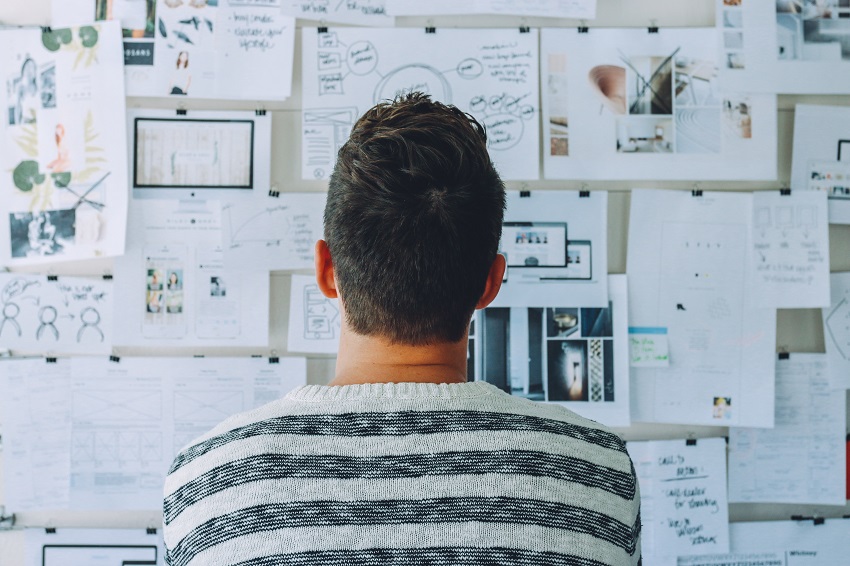Barriers to Mindfulness: Distraction
Making time for a mindfulness meditation each day can help you to live more mindfully. This could be a simple 3-minute breathing exercise, a body scan or a longer guided meditation. But how do you stop your thoughts racing and your focus wondering long enough to feel the benefits of regular mindfulness practice?
Many people, especially those new to mindfulness, feel disheartened and frustrated when they struggle to shut out the distractions of day to day life. But there will always be distractions. And the purpose of mindfulness isn’t to rid your life of distractions or even to simply ignore them. The trick is to use mindfulness to help you manage your reactions, thoughts and feelings to these distractions so that they don’t overwhelm the present moment.
Common distractions
- Processing recent conversations or events
- Feeling sleepy
- Emotions – negative and positive
- Your to-do list
- Worrying about a loved one
See distractions as an opportunity to practice
Using distractions to inform your mindfulness practice can help you strengthen and improve your mindfulness skills.
When you feel yourself becoming distracted by thoughts or feelings, don’t resist or ignore them. Simply pause to acknowledge them, notice how they make you feel, then purposefully guide your attention back to your breathing, your body scan or the focus of your meditation.
Helpful hint: Try to imagine your attention as a bright spotlight which you can direct and focus at will, wherever you wish.
Use labels
It’s completely natural for your brain to think. That’s its job! Trying to prevent it from doing so will leave you feeling frustrated and probably even more distracted. Instead, try assigning labels to each thought or feeling as it occurs.
For example, if something on your to-do list keeps rearing its head, acknowledge it, assign it a label such as ‘planning’ and then turn your attention back to your mindfulness meditation.
Or if you’re dwelling on a conversation you’ve just had, label that thought ‘thinking’ and again, refocus on your mindfulness practice.
Labeling thoughts in this way can help you acknowledge distractions without getting caught up in them.
Top tip: Keep a journal
You may find that writing in a journal before your mindfulness meditation can help clear your mind
Lots of people feel that they have ‘failed’ if they get distracted during mindfulness meditation. But distractions are an inevitable part of everyday life and learning to manage them is part of the process of becoming more mindful.
Live life the way you want to. Book a free consultation with me to find out how one to one coaching could help.

